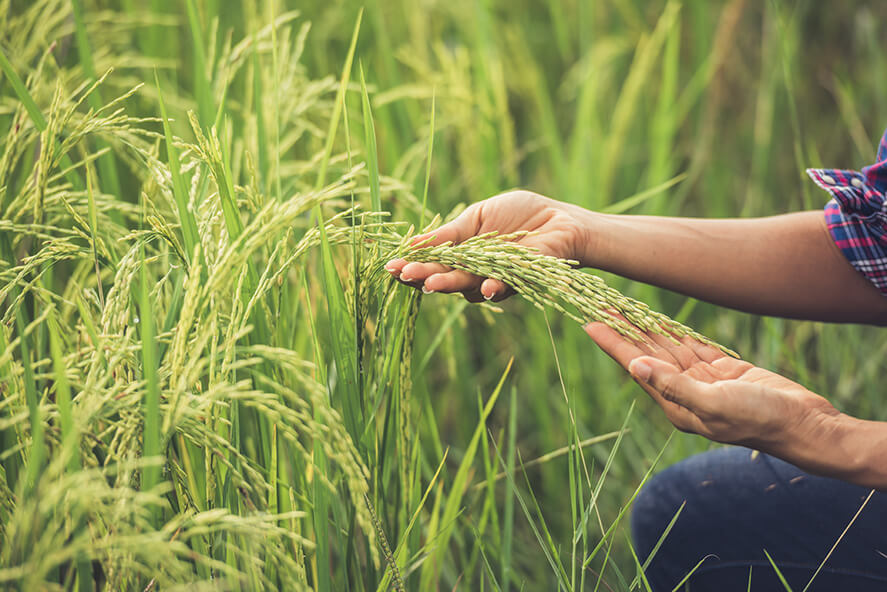As people are increasingly spending more time on social media platforms, they find newer ways to interact and engage with it. One of the many offshoots of such an interaction has been the creation and rise of a new way of gaining knowledge and information. Whether we are trying to pursue a hobby, acquire new skills, looking for product reviews etc. we instantaneously reach out to a wide array of digital content. The growing demand for such information has also led to a rise of social media influencers, who work towards curating and generating a diverse range of content and facilitating more engagement.
The rise of influencers in the last few years has also led to a significant impact on across industries both directly and indirectly. They have become an important part of the marketing landscape, and a vector for marketers to deliver brand messages. Influencer marketing is predicted to reach US $15 billion by 2022 (Insider 2019). However, research on social media influencers has emphasized on the different ways marketers can leverage the power of these influencers to connect with consumers and expand the reach of their brands.
What piqued our interest was the lack of representation of social media influencers beyond the product categories of beauty, travel or food. Even in the mainstream discourse; a young, educated urban blogger dominates our imagination. Further, we also recognize the need to generate academic scholarship that brings non-western voices to the forefront.
Thus, this research began with a keen interest in examining what it means to be an influencer, by looking into the perspective and practices of social media influencers in the Indian agricultural market. In this context, our research questions were:
- How do farmer-influencers approach their work?
- How does their work as influencers impact the way others come to see them?
- What is their relationship to brands?
We spent several months engaging with many farmers who had carved a significant presence of themselves on social media. As we delved into their journeys we uncovered insights that were novel, fascinating and intriguing, pushing the need to study the space in greater detail. We have completed an initial round of ethnographic interviews with a few farmer-influencers. In the next stage of our research, we intend to do an ethnography of a farmer community in North India to understand this phenomenon in greater depth.
